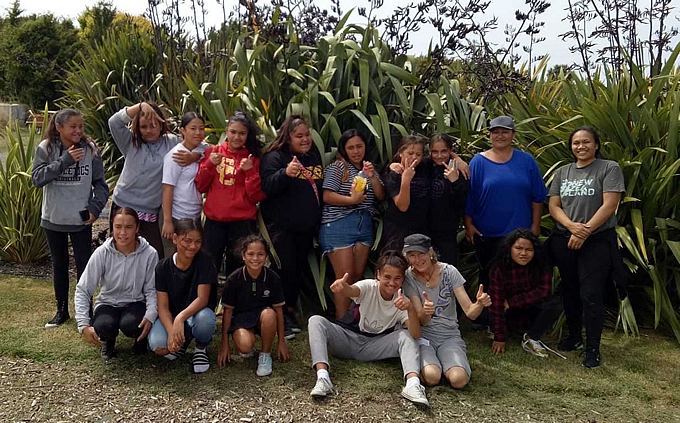Māori reconnect with their roots through a new raranga education programme with the help of the The National NZ Flax Collection / Te Pā Harakeke ō Aotearoa

A new programme involving the National NZ Flax Collection is taking place at a Christchurch school as a way of reconnecting raranga (the art of weaving) with young Māori, their whānau and their community.
For centuries Māori have used raranga as a traditional art form to create kete (baskets), kākahu (clothes) and other useful items.
Raranga symbolises the very essence of Māori values by evoking strong feelings of unity and togetherness, but its knowledge and techniques aren’t being passed down through generations as they used to be.
Haeata Community Campus wants to change that and has incorporated a new NCEA-accredited kaupapa raranga (weaving programme) into their curriculum as an option for ākonga (students) who want to embrace the tradition.

“Raranga is a journey of self-discovery, self-determination, self-efficacy, resilience, well-being and so much more. It links to many other kaupapa also, for example, te reo, tikanga, whakapapa, marae, waka, history, biology, visual and wearable arts, kapahaka, horticulture, and many more,” says Haeata teacher and programme leader Melody Haira.
A group of 13 young ākonga have chosen to be a part of the kaupapa. Over the course of five weeks the ākonga will learn how to harvest, manaaki (care for) and tiaki (protect) a pā harakeke. They will also learn about rongoā (medicinal) uses and their traditional application.
Although the programme is taking place within the campus, the learning extends much further than the classroom to help keep raranga and the kōrero of this tradition alive.
“Whānau engagement will ensure the longevity of this art within their whānau, and raranga helps weave people closer and allows tuakana–teina (older and younger sister) relationships to flourish, so it gives whānau the opportunity to learn alongside their children and siblings to offer support,” says Haira.

Ākonga harvesting harakeke

Ākonga securing their harvest to transport back to Campus

Ākonga harvesting harakeke
